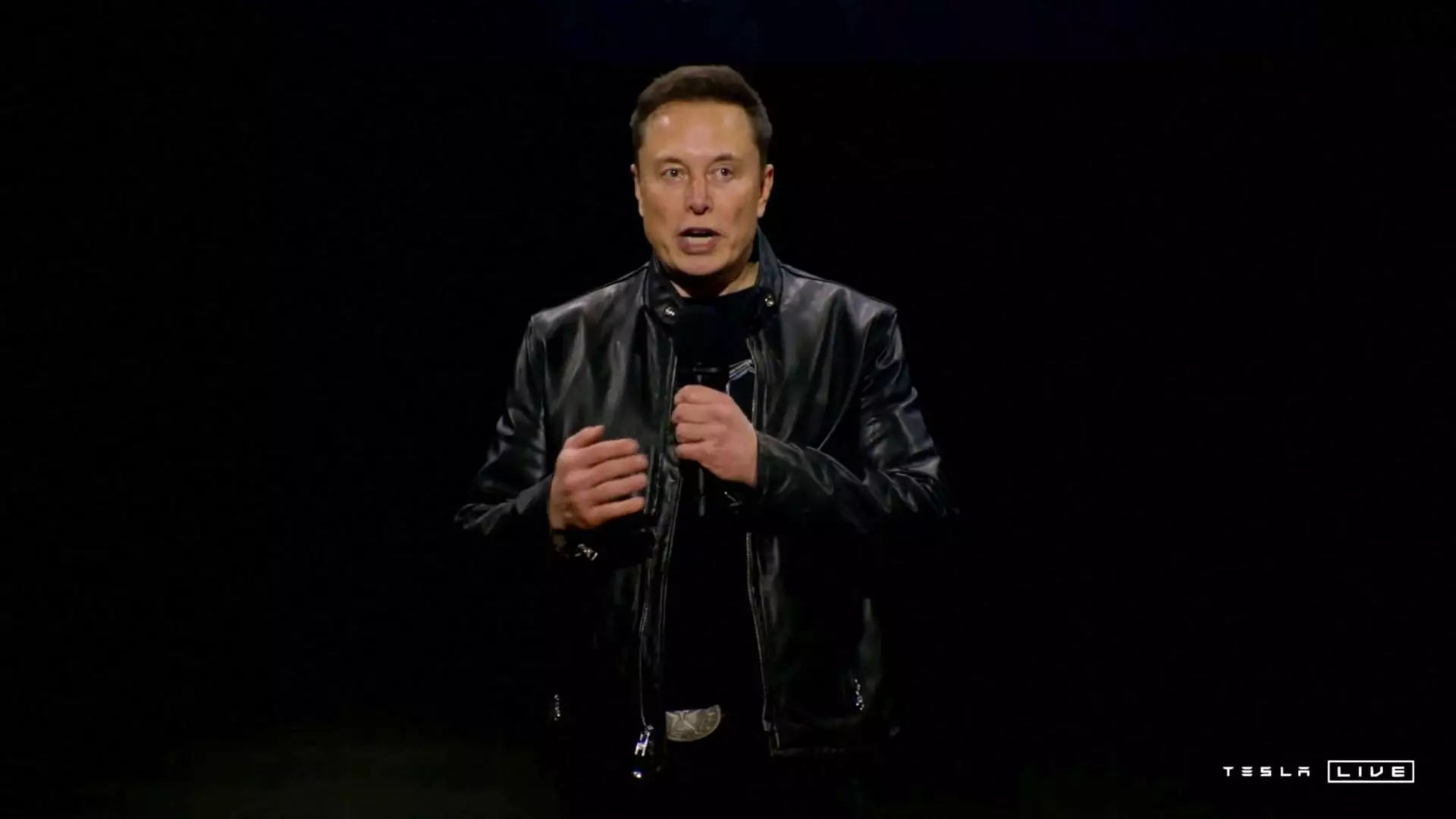Tesla’s latest quarterly report for the fourth quarter of 2024 has stirred up significant discussions among investors, analysts, and the EV market at large. Total deliveries reached 495,570, while production lagged slightly behind at 459,445. Despite these impressive numbers, they reflect a critical turning point: Tesla experienced its first-ever annual decline in deliveries, down from 1.81 million in 2023 to just below 1.79 million for 2024. The decrease in performance shatters the narrative of relentless growth that has been a hallmark of Tesla’s trajectory and raises questions about its operational strategy and long-term sustainability amid fierce competition.
This quarterly report disproportionately impacted Tesla’s stock, as shares fell by up to 7% immediately following the news. Investors were left grappling with a stark contrast between what they anticipated and the harsh reality of the delivered numbers, as analysts had predicted deliveries closer to roughly 504,770 vehicles. Despite optimistic projections from both company-published estimates and an independent market researcher, the subdued results highlight the challenges that still loom over the company.
One aspect garnering attention is CEO Elon Musk’s growing involvement in political activities, particularly during Donald Trump’s campaign. His financial backing—around $277 million—and his role in an advisory group to the Trump administration have sparked discussions about the potential impact on Tesla’s operational focus. Industry experts have raised concerns that Musk’s political endeavors could divert attention from the company’s core business activities. While the implications of this shift may not become fully apparent until the first quarter of 2025, the uncertainty it brings is palpable.
Competitors in the automotive sector appear to be capitalizing on this distraction. With traditional automotive giants like Ford and General Motors ramping up their electric vehicle production and expanding their presence, Tesla finds itself contending with a multitude of well-resourced and strategic challengers.
While Tesla emerged as a pioneering force in the electric vehicle market, the landscape has dramatically transformed over the past few years. The company is now faced with a myriad of alternatives as automakers from all over the world aim to capture market share. Toyota, BYD, and European manufacturers such as Volkswagen and BMW have accelerated their electric initiatives, resulting in increased competition that makes retaining Tesla’s dominance considerably more challenging.
Particularly alarming are Tesla’s declining sales figures in Europe. The company registered about 283,000 vehicles sold through November 2024, marking a decline of approximately 14% from 2023. The downward trend in registrations signals a loss of appeal for Tesla compared to better-performing competitors, drawing attention to the need for a fresh approach in both marketing and product offerings. The company’s flagship Model Y, although still a top contender, is facing mounting pressure from newer entrants in the market.
Tesla still holds a competitive edge with its expansive charging network, a significant advantage that enhances its brand loyalty and consumer accessibility. Nonetheless, the operational complexities of running a car manufacturing business have emerged as a critical challenge. Analysts assert that Tesla has not adequately diversified its product lineup to include more affordable models, a misstep that may alienate potential customers who are seeking value beyond premium offerings.
Additionally, Tesla’s newly debuted Cybertruck has had mixed receptions, with reports indicating that units are accumulating on used car lots. Priced around $80,000, the vehicle has not generated the expected demand, contributing to rising inventory levels and reflecting a potential oversupply in the market. This situation poses a crucial question for Tesla: can the company pivot its strategy quickly enough to adapt to changing consumer preferences?
As the company looks to 2025 and beyond, Musk has expressed optimism about the future, suggesting that the introduction of lower-cost and autonomous vehicles could spur a growth increase of approximately 20% to 30% over 2024. However, skepticism lingers regarding whether Tesla can execute these ambitious plans while maintaining its market position amidst relentless competition.
While Tesla has achieved impressive milestones in vehicle production and technological innovation, the company must navigate a challenging landscape filled with external pressures and internal miscalculations. The coming year will be crucial in determining whether Tesla can realign its strategy and rise to the occasion in an increasingly competitive EV market. Stakeholders will be eagerly watching to see if Tesla can not only hold its ground but also lead the transformation of the automotive industry into an electric-driven future.

